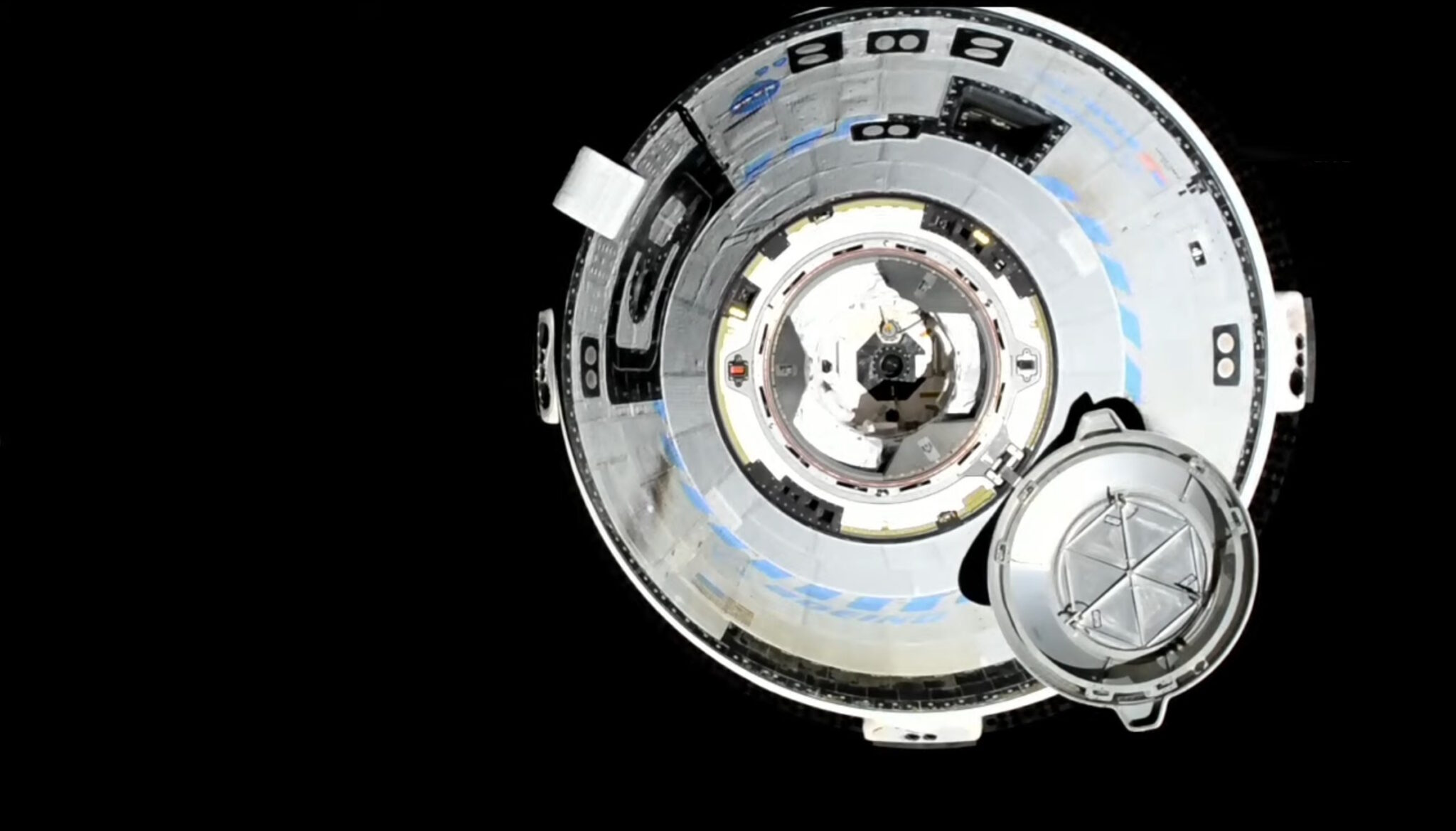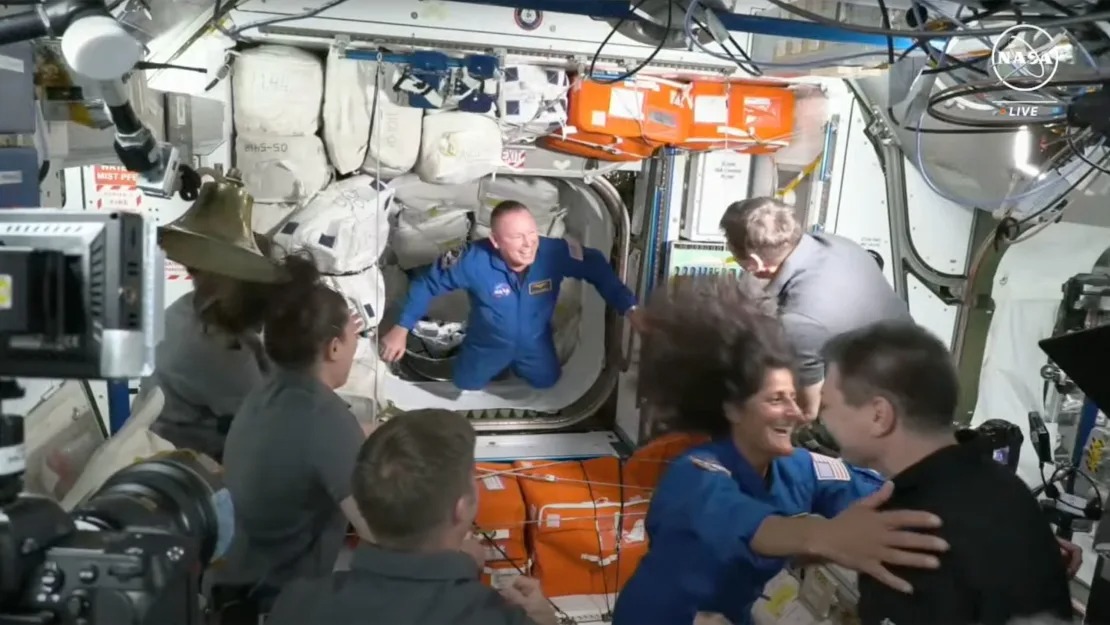Boeing’s Starliner has successfully completed its first crewed flight to the International Space Station (ISS). NASA astronauts Butch Wilmore and Suni Williams are inside the spacecraft. Starliner docked with the ISS on June 6 at 1:45 p.m. ET, just over 24 hours after liftoff from the complex at Cape Canaveral, Florida.

However, the flight was also troubled: several helium leaks were detected. One of them was known even before the launch. But NASA and Boeing decided it did not pose a threat to the mission. During the flight, two more new leaks were discovered.
“Teams have identified three helium leaks on the spacecraft. One of these was previously discussed before flight along with a management plan. The other two are new since the spacecraft arrived on orbit. Two of the affected helium valves have been closed and the spacecraft remains stable,” NASA wrote in the updated statement.
The #Starliner spacecraft is performing its careful approach to the @Space_Station with @NASA_Astronauts Butch Wilmore and Suni Williams. After conducting a series of reaction control system thruster tests, four thrusters were recovered from five that had gone out.
The…
— NASA Commercial Crew (@Commercial_Crew) June 6, 2024
Now as Starliner is docked to the ISS, crews will continue to monitor the leaks to assess their severity.
During the first attempt to dock Starliner to the ISS, there was a problem with the spacecraft’s jet engines. Five engines, which are needed to precisely align the spacecraft with the station’s docking port, failed during the flight. The team conducted a “hot fire” test and was able to restart four of those five engines, which was sufficient for safe docking.
When the ISS hatch opened, the seven astronauts and cosmonauts aboard the ISS greeted Wilmore and Williams with cheers and friendly hugs. The crew of the orbital outpost has increased to nine people. The Starliner crew will spend the next eight days in the orbital laboratory and then return to Earth.

NASA is expected to provide more information about the problems with the Starliner and the severity of the detected leaks soon. During the live broadcast, space agency engineers assured that the spacecraft is safe and stable.
We previously reported on how Blue Origin covered up the New Shepard capsule landing incident.
According to gizmodo.com and CNN


